English Dub Season Review: Onimusha Season One
Overview (Spoilers Below):
Set in the early Edo Period, a time when Japan was transitioning towards peace and warfare was fading into history, an aging Musashi (Alain Mesa) embarks on a covert mission. Armed with the mythical “Oni Gauntlet”, Musashi embarks on an epic journey to vanquish the lurking demons.
Our Take:
It bears repeating that 2023 has been a strong year for video game adaptations, especially in animation form. The Mario movie became a box office juggernaut despite the mixed reviews, and the recently released Castlevania spin-off series, Nocturne, was a superb continuation of the well-received streaming adaptation. There’s also Captain Laserhawk, a distinctive and heavily stylized series inspired by the expansion content from Far Cry 3 that I thought was entertaining, albeit short regarding the episode count. So, it’s surprising that the Netflix video game adaptation train is still not slowing down, as this week brings us another animated adaptation of a popular game.
So, what video game franchise is the latest to receive this treatment? Why, it’s none other than Onimusha, a series of action-adventure games combining hack-and-slash combat with retellings of historical events in Japan involving supernatural elements. Developed and published by Capcom, the franchise depicts fictionalized versions of historical sworders wielding the power of the Oni to fight the Genma during the Sengoku Period. The anime adaptation shifts the setting into the Edo Period while maintaining the games’ central plot: journeying to defeat demons.
Like my experience with Captain Laserhawk, I hadn’t experienced the show’s source material before watching Onimusha. I’m familiar with the concept through gameplay videos, but I neglected to play them for myself for complicated reasons. So, it was interesting to see whether I can enjoy it without knowing the franchise it’s based on. However, I did enjoy Captain Laserhawk despite not playing Far Cry 3, so it’s easy to assume that I would feel the same way toward Onimusha. At least, that’s what I thought I would feel after watching it.
Directed by Shinya Sugai and chief director Takashi Miike, the eight-episode series centers on Musashi Miyamoto, a swordsman inspired by Toshiro Mifune. Musashi is sent on a mission with the other samurai to investigate a village that’s been attacked by the demons known as the Genma. His weapon is the Oni Gauntlet, a mythical weapon that gives Musashi inhumane strength at the cost of his life. Alongside a monk named Kaizen (Chris Hackney) and a young girl named Sayo (Sarah Anne Williams), Musashi ventures to vanquish the Genma and Iemon (Robbie Daymond), a rogue samurai seeking a new world order.
Onimusha offers a traditional samurai storyline from many martial arts films and shows with a dash of supernatural horror to spice things up. Along with including the franchise’s elements, fans of the video game would likely find something to enjoy from this stylishly violent samurai adventure. But what about the newcomers who haven’t played the games, including me? Well, it certainly has some moments that I found mildly entertaining, but everything else comes across as middling and almost soulless.
Regarding its seasonal plot, Onimusha serves as a portrayal of humanity, mainly for Musashi’s journey. Throughout the series, we see Musashi internally deal with his legacy, which involves killing many of his opponents in battle. As a result, he winds up having to face the literal demons of his past, including the Yoshioka brothers, leading him to know the difference between being a human and being a monster, or in this case, an Oni. On paper, it seemed like the type of story that would work wonders with its Japanese culture and symbolism. However, regarding the execution, the series lacks the effort to be more than just a bare-bones yet periodically convoluted samurai adventure.
As for the characters, they each have specific moments that suitably define their personalities. One example is Goro-Maru (Christopher Swindle), who’s revealed to be a falconer in “Mountain Demon” commanding his pet falcons, Gia-Maru and Tia-Maru, to help fight his battles. Another example is Sahei (Yuri Lowenthal), another samurai secretly sent to find the Golden Castle for a different purpose. However, the depths of the characters weren’t convincing enough to make me worry about their demises. Fortunately, the English dub cast did enough to make up for its average characters, including Alain Mesa as Musashi, even though some of their line delivery was periodically forced.
Onimusha is also another anime series to utilize CGI animation, courtesy of Sublimation. Similar to my previous experiences with the other CGI anime shows, I wasn’t extremely fond of the style it portrays, and I’m pretty sure my opinion won’t ever change unless proven otherwise. While its watercolor backgrounds are sublime, the CGI effects used for the character movements were either heavy or stiff. There are even a few moments where they move like video game characters, which aren’t as fluid as the rest. However, it managed to compensate for its presentation with its action sequences and choreography. Additionally, the show has a couple of scenes that utilize 2D animation, mainly the flashbacks involving the young Iemon and his master Matsui (Kirk Thornton). Sadly, it does remind me that Onimusha would’ve worked better with traditional 2D rather than 3D, but that’s just me.
Overall, the anime adaptation of Onimusha would likely satisfy some of the game’s fans with its lore. Unfortunately, the newcomers, including me, may not find anything special from its fundamental but stylish samurai narrative. Part of what makes video game adaptations work is that they appeal to fans with their efforts in honoring the source material’s lore and easter eggs while also catering to newcomers with traditional stories. Onimusha appears to have accomplished the former, but I think it’ll be challenging to win over inexperienced viewers regarding the execution of the plot and animation. It’s a fine watch, but I don’t think it’s something I’ll return to in the future.

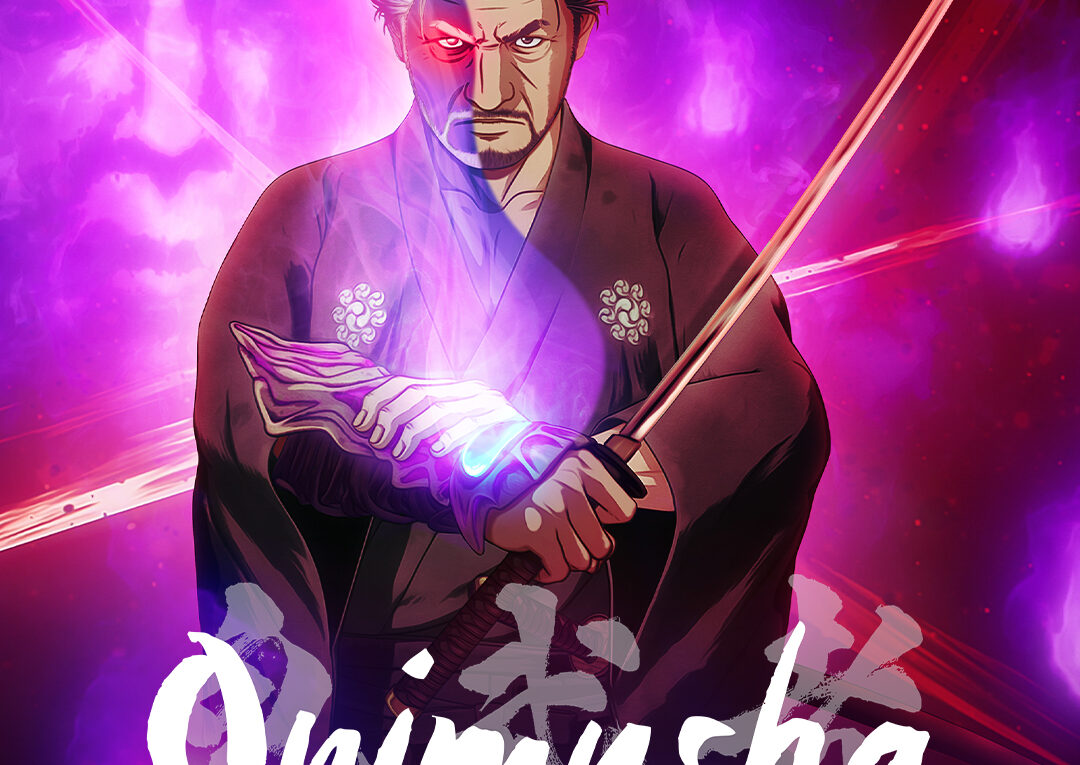

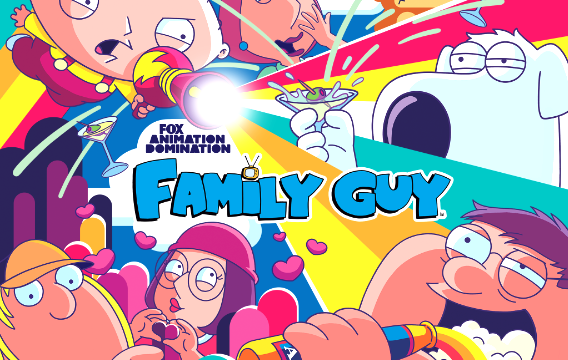
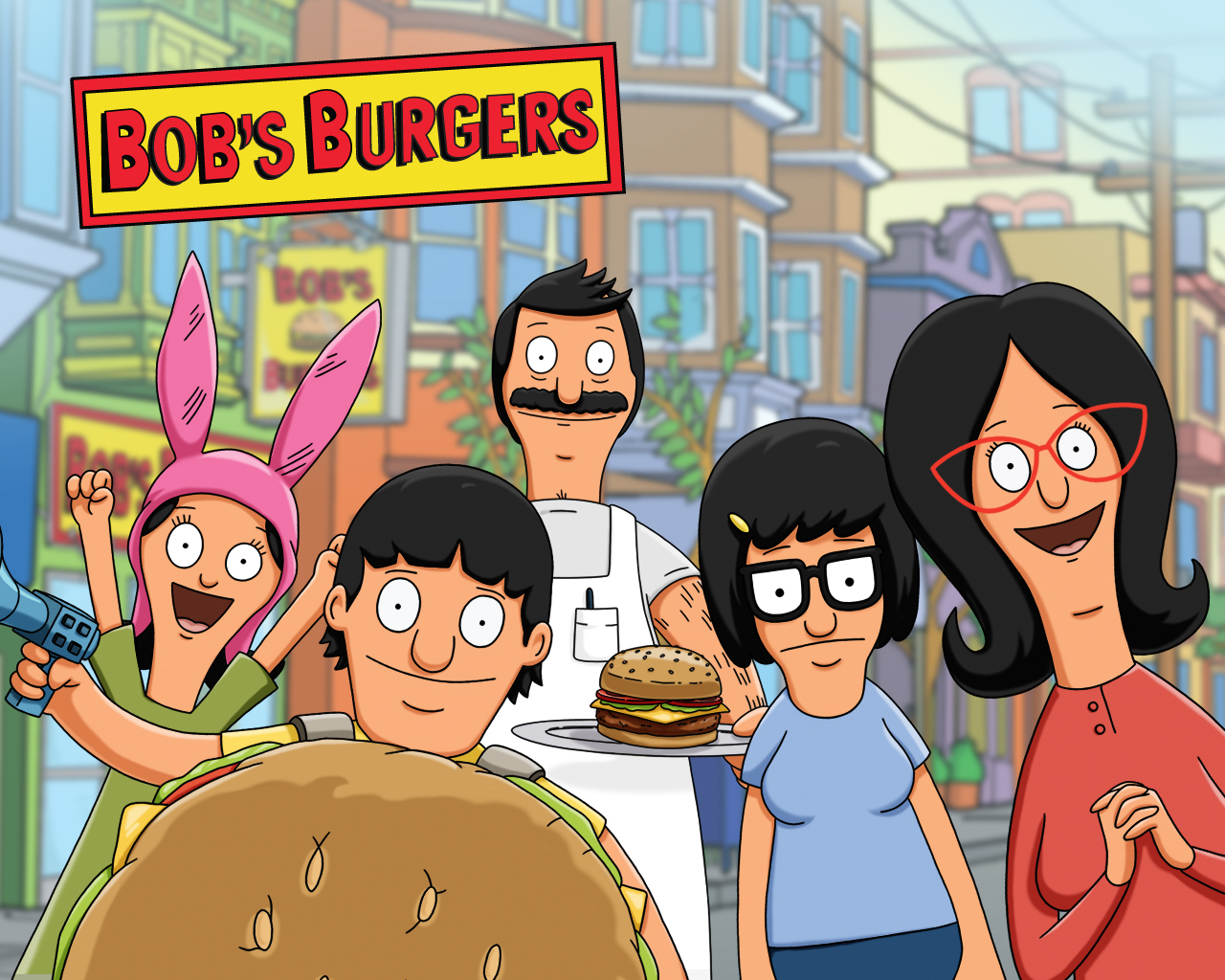

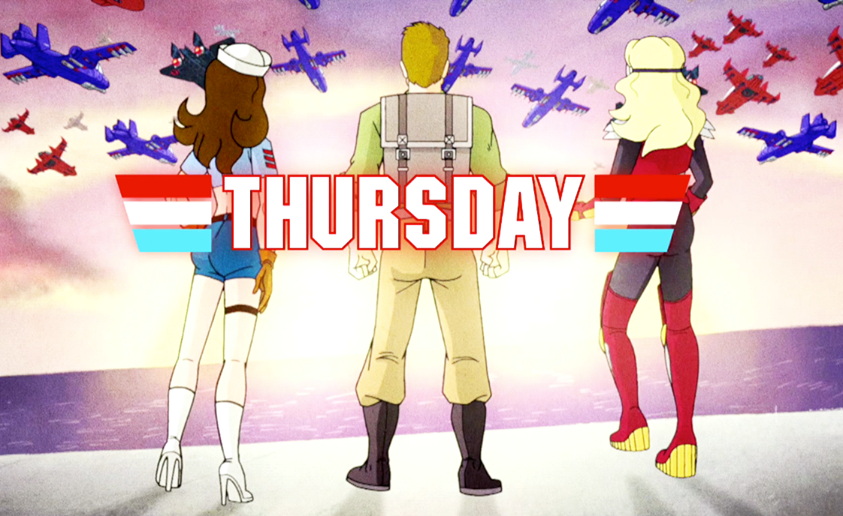











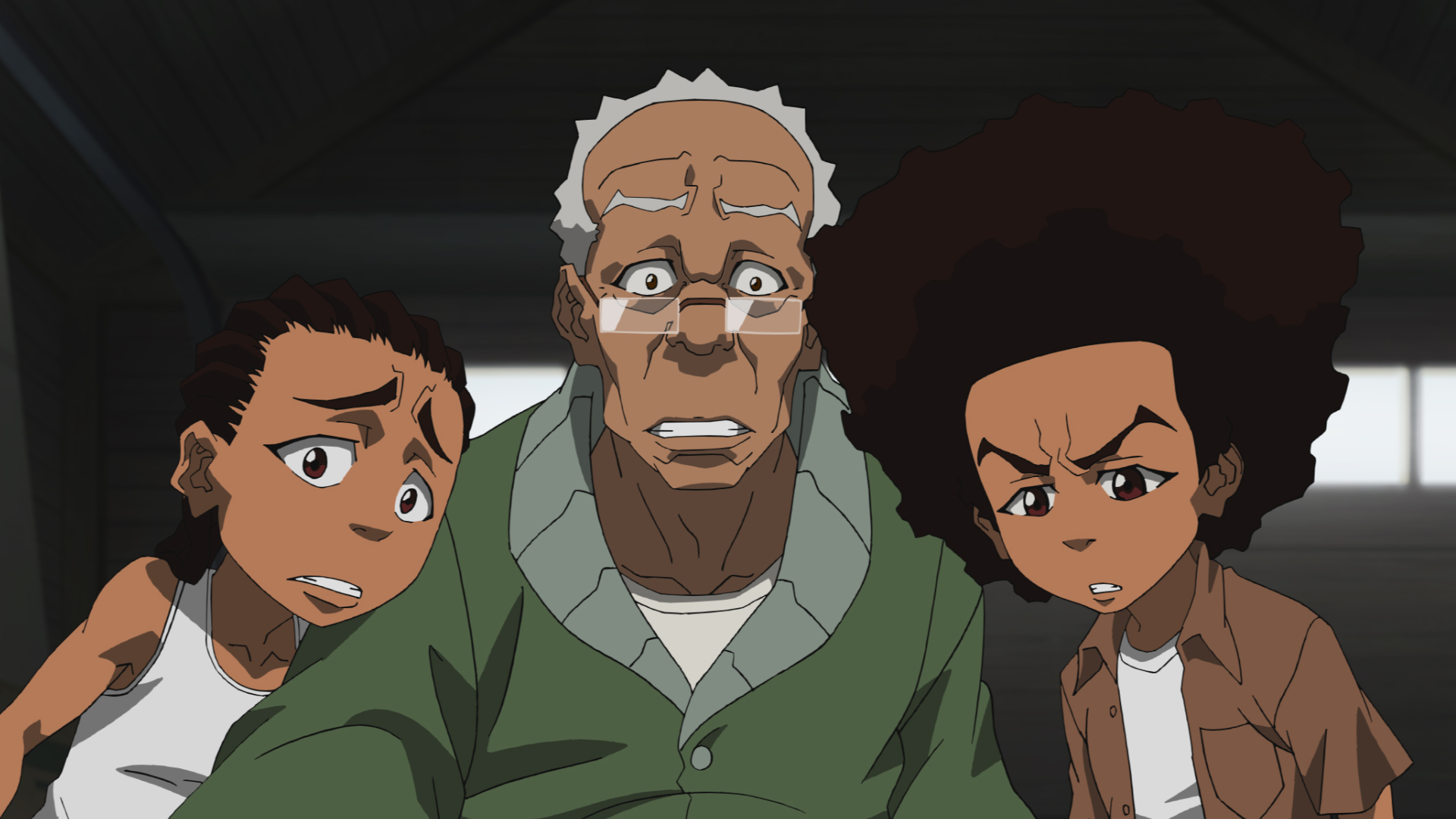






"There are also other characters that come and go (also owned by the Warner Bros. Discovery conglomerate media company)."
Huh. Is that just referring to other characters from the show itself, or is this implying that the new season is going to have cameos from other WBD IPs